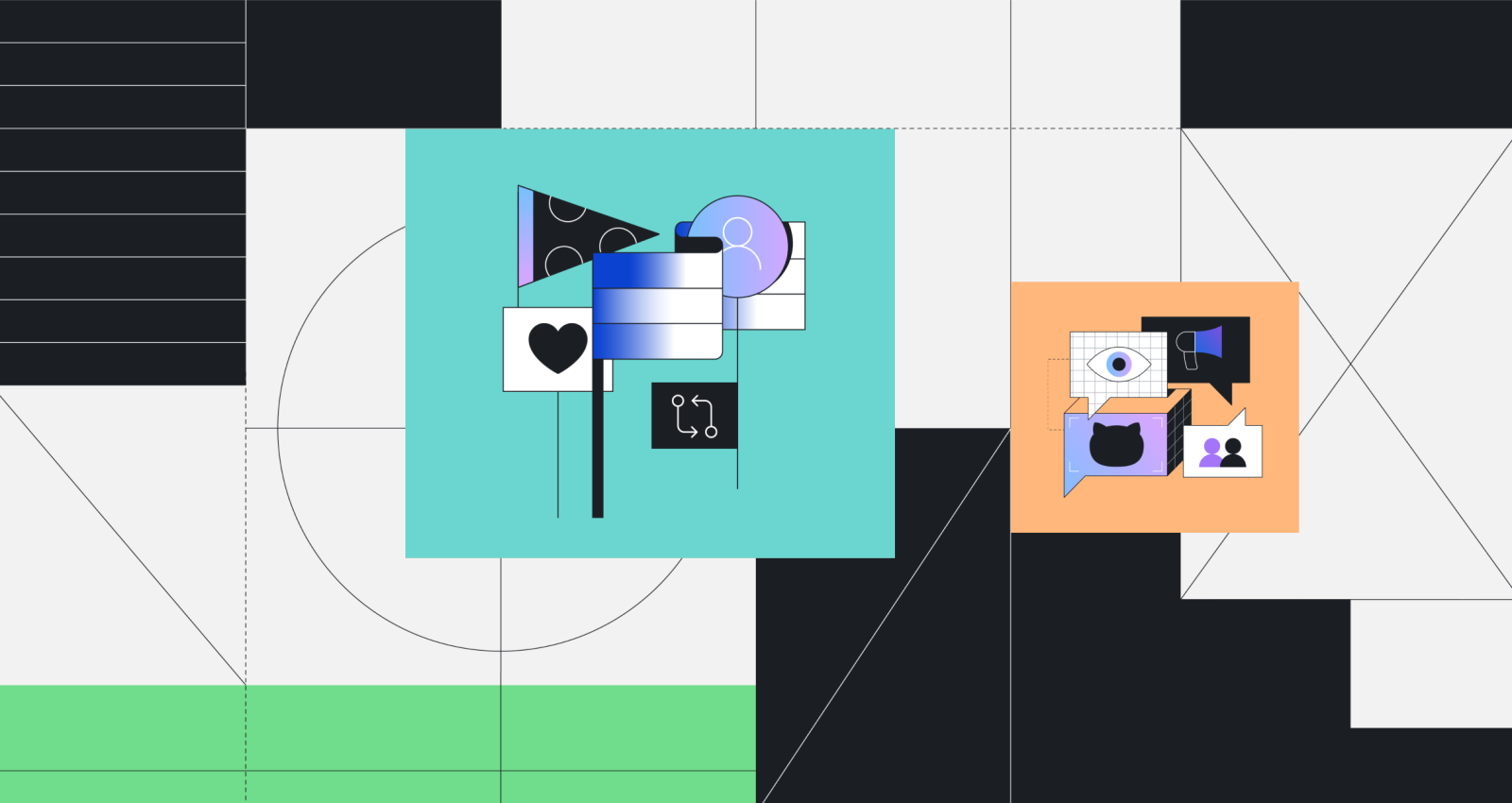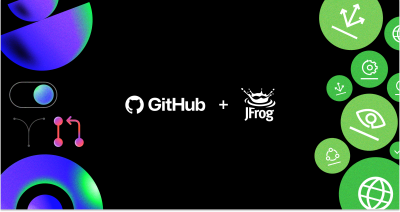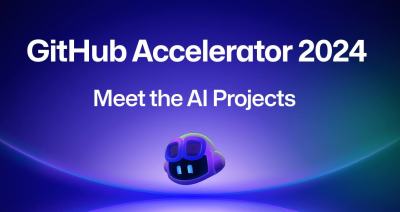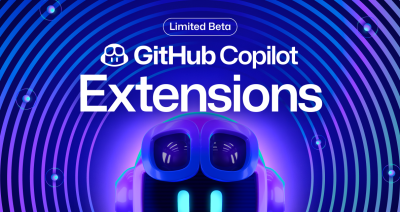GitHub, accessibility, and the disability divide
We just published our vision for GitHub accessibility at accessibility.github.com. Here’s the TL;DR: the prime directive of the GitHub accessibility program is to empower people with disabilities to build cool technology.

There are more than one billion people in the world with disabilities. I’m proud to be one of them. However, those of us with disabilities encounter barriers every day. From transportation to civic participation, from education to employment, and from entertainment to healthcare, people with disabilities must overcome a myriad of environmental and attitudinal barriers to live the lives we want to live.
The World Bank labeled this state of affairs as the Disability Divide and identified technology as a “disruptive force in enabling the inclusion of persons with disabilities.” That has been the focus of my work for the past 12 years. During that time, I led the accessibility program at a large analytics software company, was awarded four patents, co-authored the first born-accessible digital astronomy textbook, co-created the Perkins Paths To Technology online community for Teachers of the Visually Impaired, and co-founded the annual STEAM Career Showcase for Students with Disabilities.
On August 23, I started the next chapter in my professional journey as Head of Accessibility at GitHub. I am absolutely thrilled to be here because GitHub is a critical point of leverage for improving accessibility and disability inclusion globally. Based on my personal experience, one of the most effective ways to improve the accessibility of software, and build more bridges across the Disability Divide, is to include people with disabilities in the development process.
We just published our vision for GitHub accessibility at accessibility.github.com. Here’s the TL;DR: the prime directive of the GitHub accessibility program is to empower people with disabilities to build cool technology. We will do that by focusing on the following pillars:
- Our Workplace. Our commitment to accessibility starts at home, with our employees. We are working to hire more people with lived experiences, upskill all Hubbers on accessibility best practices, and strengthen our culture of inclusion for people with disabilities within GitHub.
- Our Offerings. As the home for all developers, we want every developer to feel welcome. In addition to lowering barriers for building on GitHub, we’re engaged with developers that live with various types of disabilities to understand the challenges and opportunities that are unique to them, so we can build the solutions they need to do their best work.
- Our Impact. We are eager to increase our impact through collaboration with partners and the open source community. Our opportunities for impact include expanding disability inclusion in the open source community, growing the pipeline of developers with disabilities, and fostering innovation of access technologies.
- Our Promise. GitHub is at the beginning of a new and exciting phase of our journey towards becoming the most accessible and inclusive platform possible. Our promise is to make consistent progress towards our commitment to accessibility, share that progress transparently, and listen and respond to community feedback in a timely manner.
Do we expect every person with a disability to become a developer? No, but we firmly believe in the principle of “nothing about us without us.” Technology is ubiquitous. We want to make tools, processes, and communities that develop technology inclusive, along every dimension of identity, to ensure the resulting technologies benefit all of humanity. We know people with disabilities have a role to play in the future of software development, and we want to help them do it.
I invite you to bookmark accessibility.github.com and stay tuned for additional updates on our work in the near future.
Tags:
Written by
Related posts

GitHub and JFrog partner to unify code and binaries for DevSecOps
This partnership between GitHub and JFrog enables developers to manage code and binaries more efficiently on two of the most widely used developer platforms in the world.

2024 GitHub Accelerator: Meet the 11 projects shaping open source AI
Announcing the second cohort, delivering value to projects, and driving a new frontier.

Introducing GitHub Copilot Extensions: Unlocking unlimited possibilities with our ecosystem of partners
The world of Copilot is getting bigger, improving the developer experience by keeping developers in the flow longer and allowing them to do more in natural language.